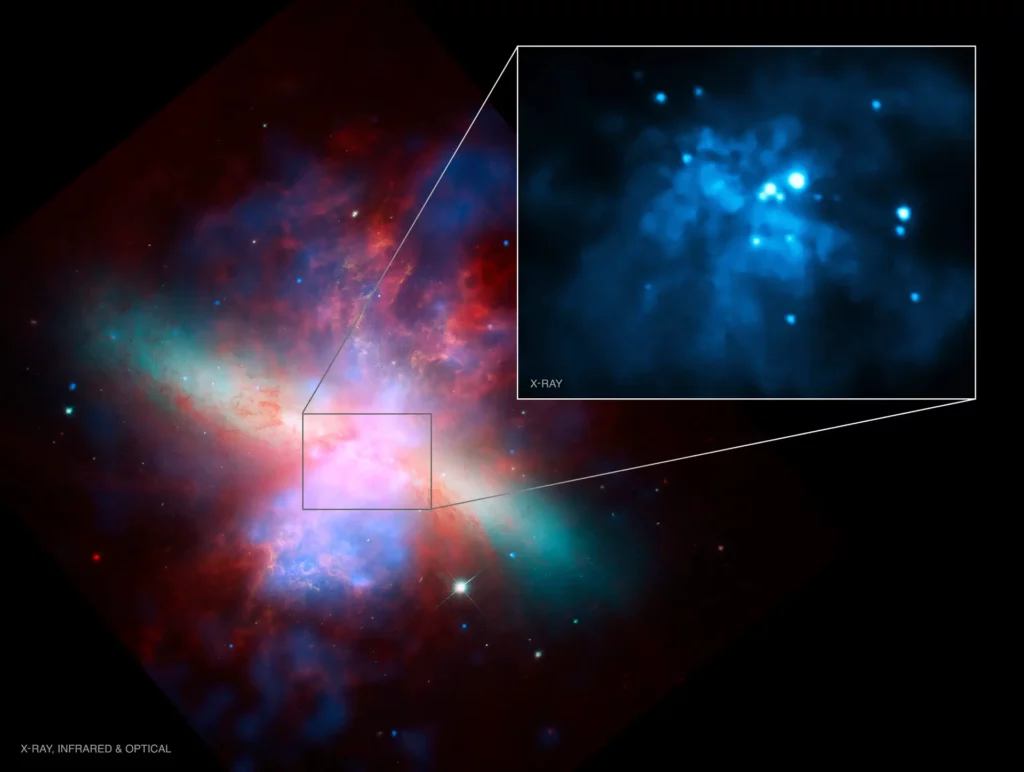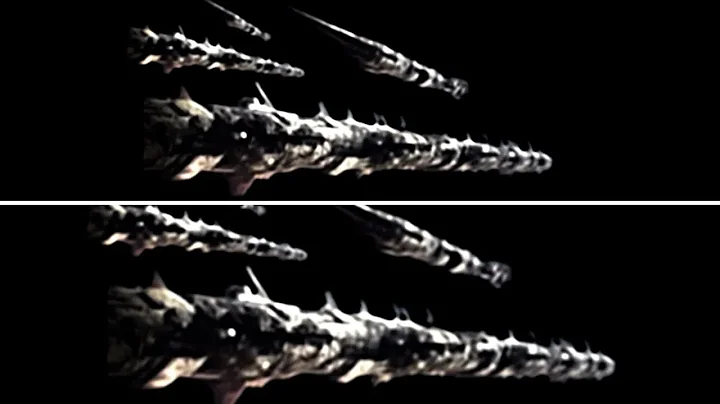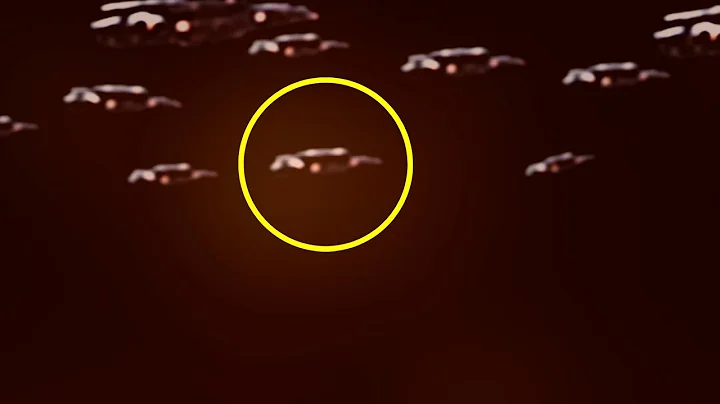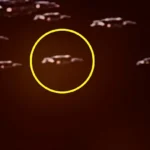The James Webb Telescope JUST detected 755 unidentified objects that will be arriving SOON!
Space exploration has always been about uncovering the hidden wonders that have long existed in the vastness of the cosmos. That’s because space, for the most part, follows predictable patterns and has maintained a delicate balance throughout history. However, today, we are faced with an unprecedented event that challenges everything we thought we knew.
An Amazing Discovery
The James Webb Telescope, the jewel of space astronomy, has just made a discovery that has left the scientific community perplexed. This cutting-edge instrument has detected the sudden appearance of 755 enormous objects in our solar system, specifically in the Kuiper Belt. These objects, which vary in size from 100 to 1,000 kilometers in diameter, seem to have appeared out of nowhere.

The Mysterious Kuiper Belt
The Kuiper Belt is a mysterious region beyond the orbit of Neptune that is home to a variety of celestial bodies, including comets and remnants from the formation of the solar system. What makes this discovery even more intriguing is that these objects have chaotic, irregular orbits that follow no known pattern.
This phenomenon challenges our previous understanding of how objects behave in space and raises numerous questions. Where do these objects come from? What implications do they have for our solar system? Could there be more unknown objects soon appearing elsewhere in the solar system?
The Key Tool: James Webb Space Telescope
To address these unknowns, scientists are hard at work using the James Webb Space Telescope. This instrument is unique in its ability to observe the universe deeply and precisely. Located at Lagrange point 2, about a million miles from Earth, the telescope avoids atmospheric interference and delivers sharp, high-quality images.
In addition, James Webb can capture a wide range of infrared wavelengths, which is crucial for studying the Kuiper Belt, since Earth’s atmosphere blocks certain infrared wavelengths. This gives it the potential to reveal groundbreaking discoveries that were previously inaccessible.
Challenges for Science

The fact that these Kuiper Belt objects are so large and have appeared suddenly poses significant challenges to our understanding of the dynamics of the solar system. Scientists are eager to unravel this mystery and hope that the James Webb Space Telescope will shed light on the origin and nature of these unexpected objects.
Frequently Asked Questions (FAQs)
What is the importance of the Kuiper Belt in the solar system?
- The Kuiper Belt is crucial to our understanding of the formation of the solar system and contains valuable information about objects that have remained unchanged since the dawn of the solar system.
How can the James Webb Telescope detect these objects in deep space?
- The James Webb Telescope uses its location at Lagrange point 2 and its infrared capabilities to observe the Kuiper Belt in detail and precision.
What are the implications of detecting these unusual objects?
-
- The detection of these objects challenges our current theories about the dynamics of the solar system and could provide valuable information about its evolution.
Conclusion
The discovery of 755 unidentified objects in the Kuiper Belt by the James Webb Telescope marks an exciting chapter in our exploration of space. This mysterious event raises countless questions about the nature of the solar system and its evolution over the eons. As scientists work tirelessly to unravel these enigmas, the James Webb becomes an invaluable tool in unlocking the secrets of the cosmos and bringing us one step closer to understanding the mysteries of the universe.



